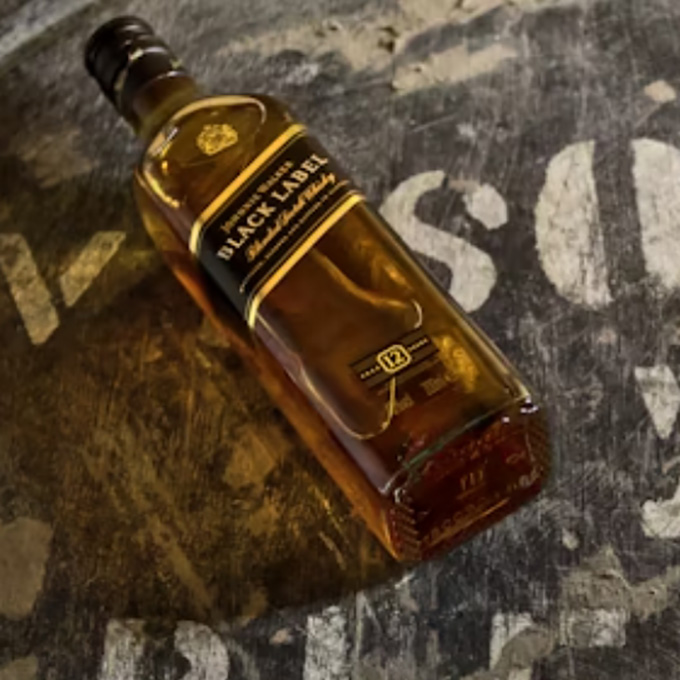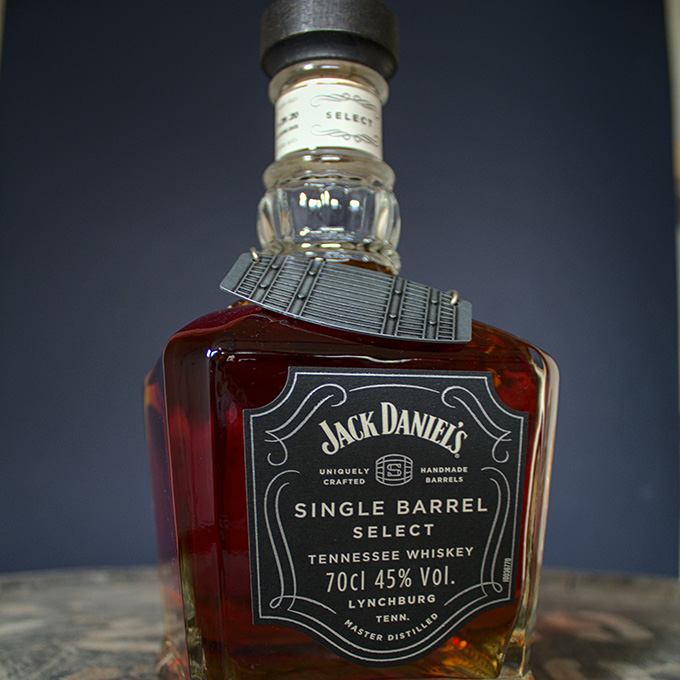Whiskey enthusiasts love debating aging processes, tasting notes, and rare finds—but when it comes to storing whiskey bottles long-term, the conversation gets fuzzy. Most people assume tossing a bottle in a cabinet or display case is good enough. Spoiler: It’s not. Whether you’re safeguarding a prized Pappy Van Winkle or a budget-friendly bourbon, improper storage can turn liquid gold into a mediocre mess. Let’s unpack the unspoken truths about whiskey bottle storage that even seasoned collectors overlook.
The "room temperature" advice you’ve heard is technically true… but incomplete. While whiskey won’t spoil like milk, consistent temperature matters more than most realize. Fluctuations between hot and cold cause the liquid inside the whiskey bottle to expand and contract, which can:
Aim for a stable environment between 59°F–68°F (15°C–20°C). Avoid garages, attics, or spots near radiators. Pro tip: If your house has wild temp swings, invest in a wine cooler set to whiskey-friendly temps—your future self will thank you.

UV rays are the silent assassins of whiskey. Displaying that whiskey bottle in a sunny bar cart? Big mistake. Light breaks down compounds like esters and phenols, stripping away nuanced flavors and leaving a flat, "woody" taste. Brown glass bottles offer some protection, but no match for direct sunlight.
Fix it:
Fun fact: Distilleries use tinted glass for a reason—copy their homework!
Once opened, a whiskey bottle starts a slow tango with oxygen. A little air exposure can "open up" flavors initially, but over months, it flattens the spirit’s character. This is why that last pour from a bottle you opened two years ago tastes… off.
Solutions for partial bottles:
Bonus hack: Finish bottles within 6–8 months for peak flavor. Share with friends—it’s science!
Wine gets stored sideways to keep corks moist. Whiskey? Do the opposite. Storing whiskey bottles horizontally can:
Always store upright. If you’ve got a rare bottle with a fragile cork, occasionally tilt it to wet the cork—think of it as cork CPR.
Humidity matters less for whiskey than for wine, but extremes still cause issues:
Aim for 50–70% humidity. Live in a desert? Throw a Boveda pack in your storage area. In a swampy climate? Silica gel packets are your friend.
Many premium whiskey bottles come in elegant wooden boxes—but these can off-gas chemicals or trap moisture. Unless the box is specifically designed for archival storage (think: acid-free materials), take the bottle out.
Better alternatives:
Sealed doesn’t mean immortal. Even unopened, a whiskey bottle stored poorly will degrade. Heat accelerates aging (not in a good way), creating harsh, unbalanced flavors. Meanwhile, fluctuating temps can push the cork upward, breaking the seal.
For multi-decade storage:

A dusty whiskey bottle isn’t just unphotogenic—it can clog pours or scratch labels during cleaning. Dust also absorbs moisture, creating micro-environments that speed up oxidation.
Keep bottles clean with:
Your 30dailydrinkerand30dailydrinkerand3,000 collector’s edition deserve different approaches. Prioritize temperature consistency for opened bottles and invest in climate control for rare finds. Remember: Whiskey is resilient but not invincible. By treating storage as part of the enjoyment ritual—not an afterthought—you’ll preserve flavors, value, and those "wow" moments when sharing a perfectly kept pour.
Now go check on your bottles. That 18-year-old Scotch in the kitchen window? Rescue it ASAP.